Neuroscience
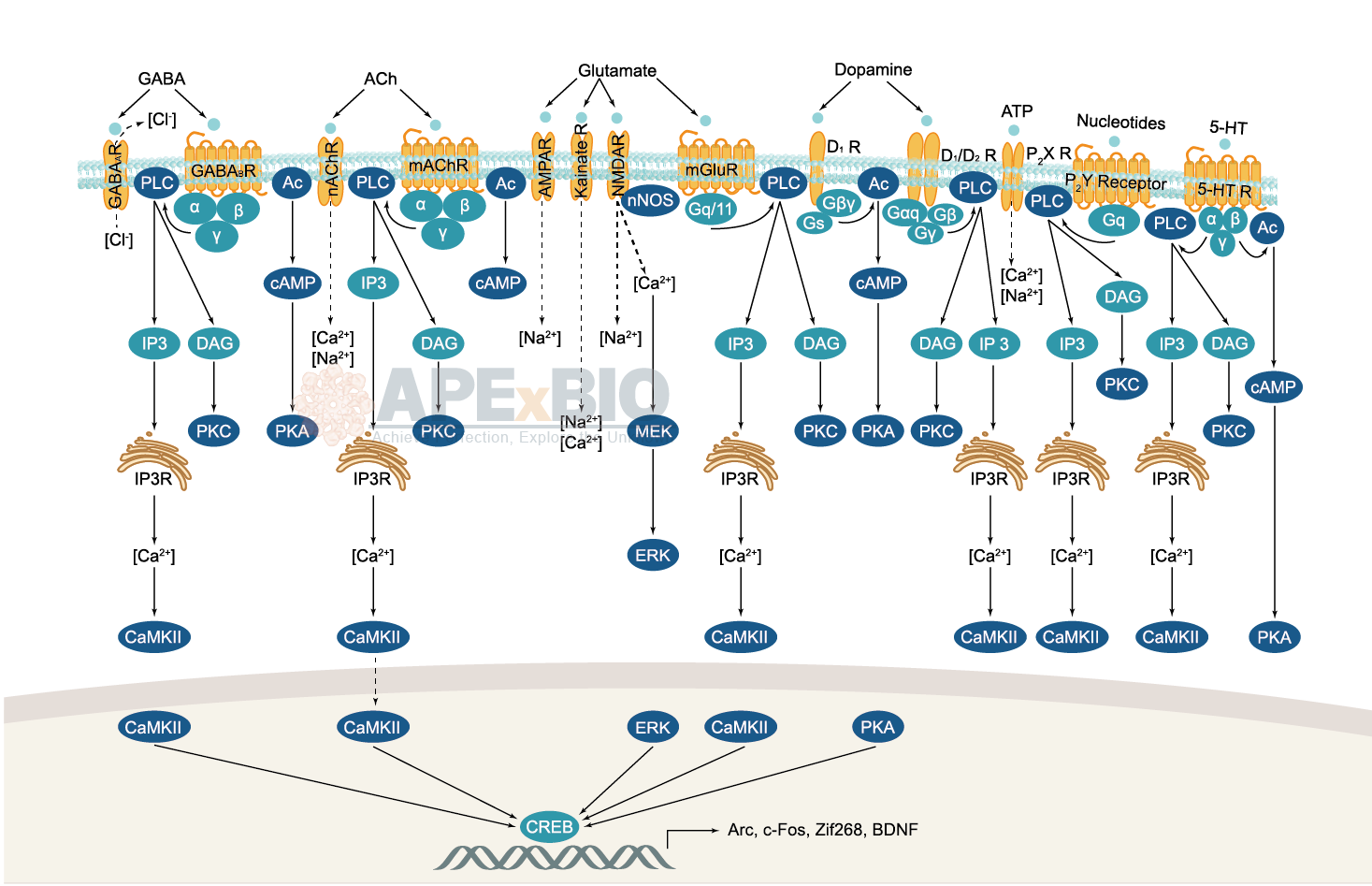
Neurotransmitter receptors function via various G-protein coupled and G-protein independent mechanisms that activate downstream intracellular signaling pathways such as cAMP/PKA, PI3K/AKT, phospholipase A2, and phospholipase C pathways. For instance, dopamine receptors act through adenylate cyclase to activate PKA and other signaling molecules, thereby mediate gene expression through the actions of CREB and other transcription factors. Other neurotransmitters such as NMDAR or AMPAR are associated with ion channels that control flux of Ca2+ and Na+, thus propagating the action potential across the post-synaptic neuron.
Dysfunctions in GABAergic/glutamatergic/serotonergic/dopaminergic pathways result in a broad range of neurological disorders such as chronic pain, neurodegenerative diseases, and insomnia, as well as mental disorders including schizophrenia, bipolar disorder, depression, and addiction.
-
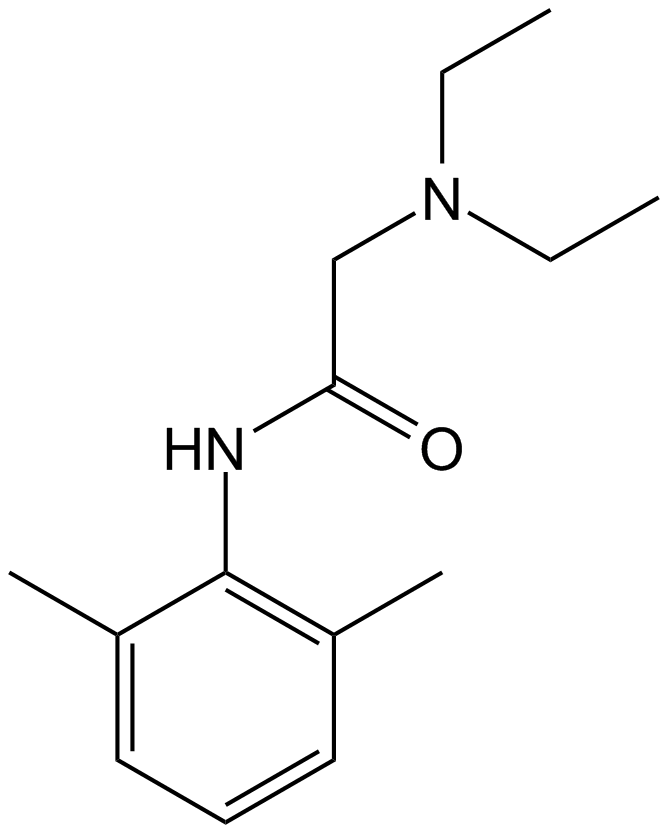 A1450 LidocaineTarget: Histamine H1 ReceptorsSummary: Anasthetic and class Ib antiarrhythmic agent
A1450 LidocaineTarget: Histamine H1 ReceptorsSummary: Anasthetic and class Ib antiarrhythmic agent -
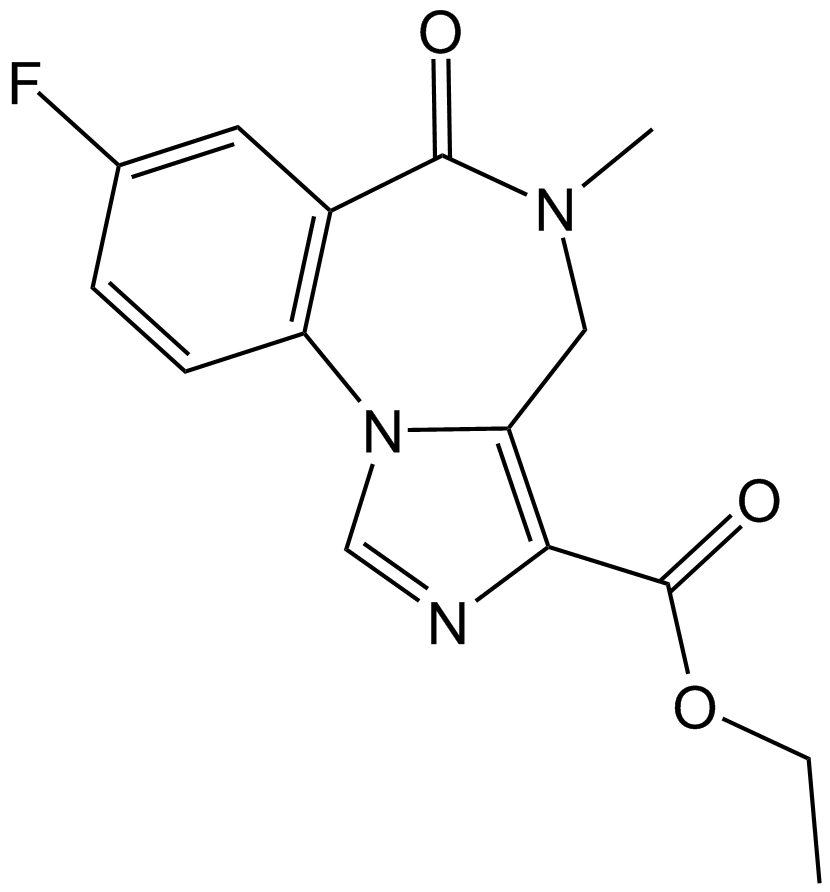 A2917 FlumazenilTarget: GABAA ReceptorsSummary: Benzodiazepine antagonist
A2917 FlumazenilTarget: GABAA ReceptorsSummary: Benzodiazepine antagonist -
 A1958 EtomidateTarget: GABAA ReceptorsSummary: General anesthetic with GABA modulatory and GABA-mimetic actions
A1958 EtomidateTarget: GABAA ReceptorsSummary: General anesthetic with GABA modulatory and GABA-mimetic actions -
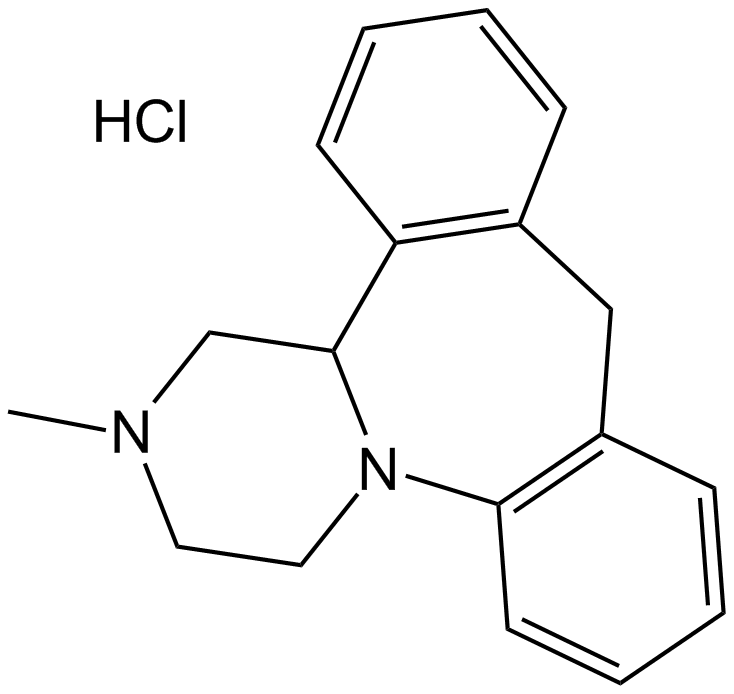 A1796 Mianserin HClSummary: 5-HT2 receptor antagonist
A1796 Mianserin HClSummary: 5-HT2 receptor antagonist -
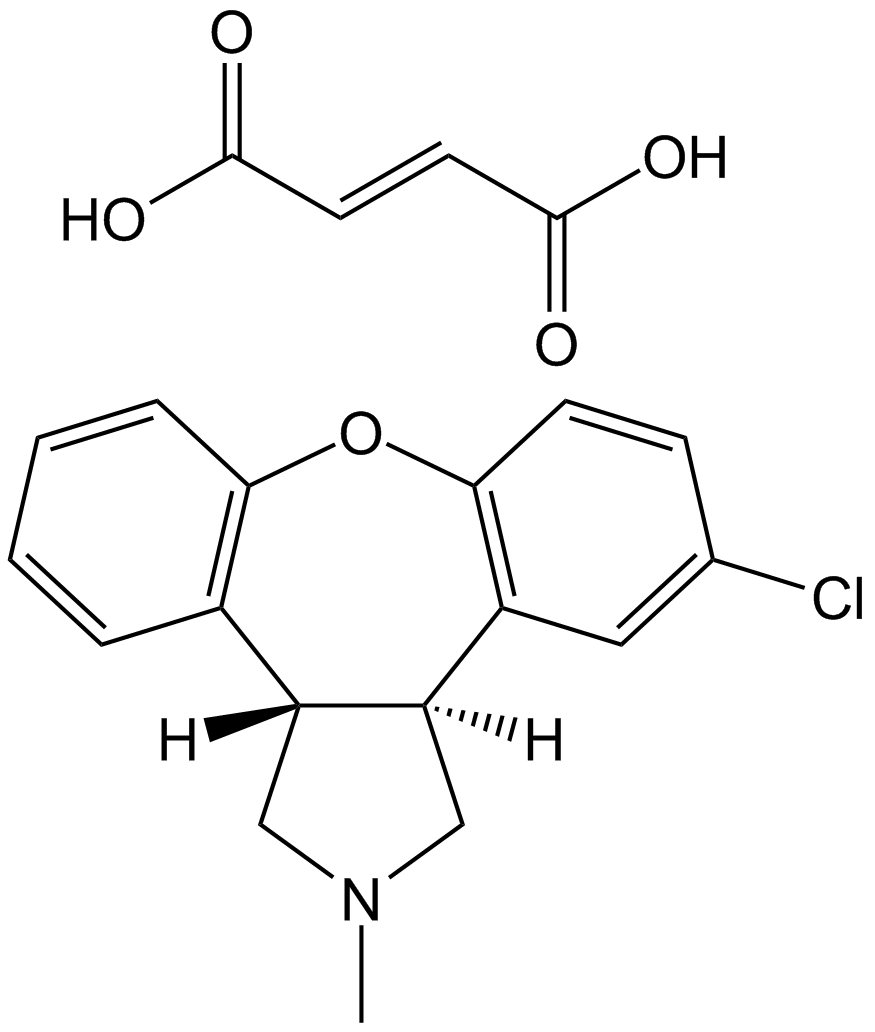 A5010 AsenapineSummary: Inhibits adrenergic receptor/5-HT receptor
A5010 AsenapineSummary: Inhibits adrenergic receptor/5-HT receptor -
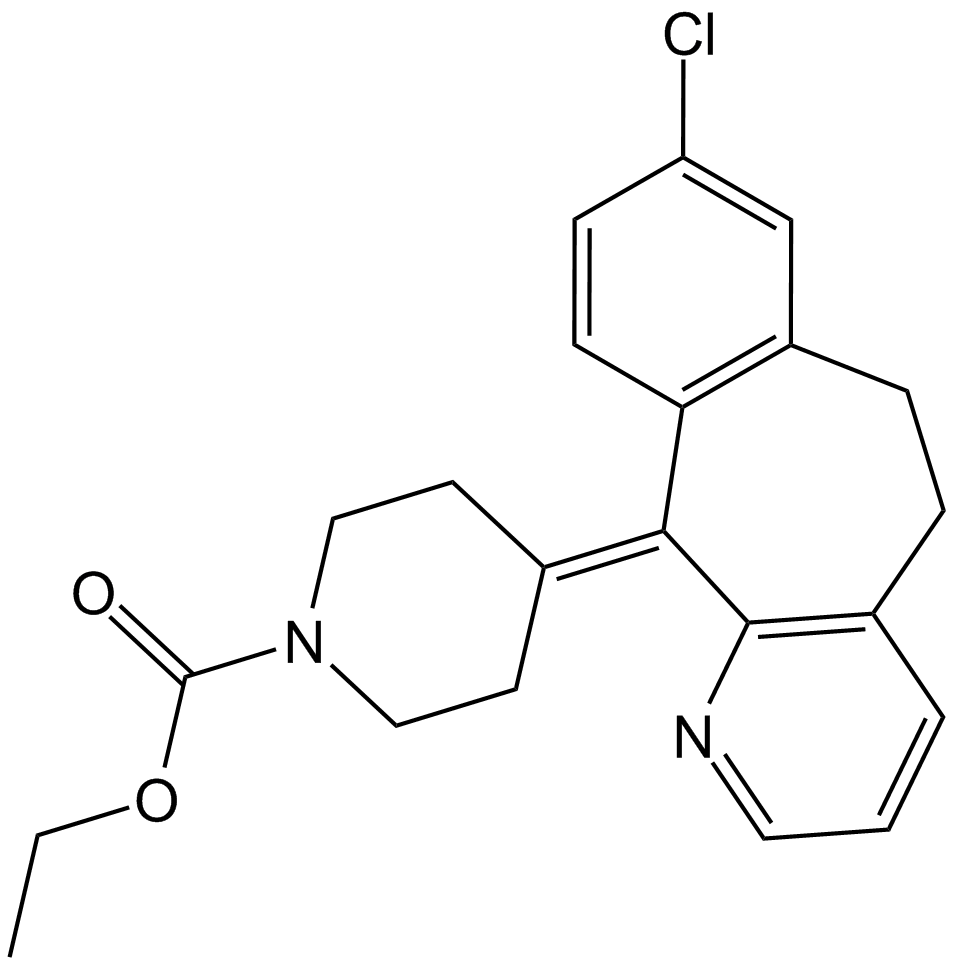 A2960 LoratadineTarget: Histamine H1 ReceptorsSummary: Peripheral HH1R antagonist
A2960 LoratadineTarget: Histamine H1 ReceptorsSummary: Peripheral HH1R antagonist -
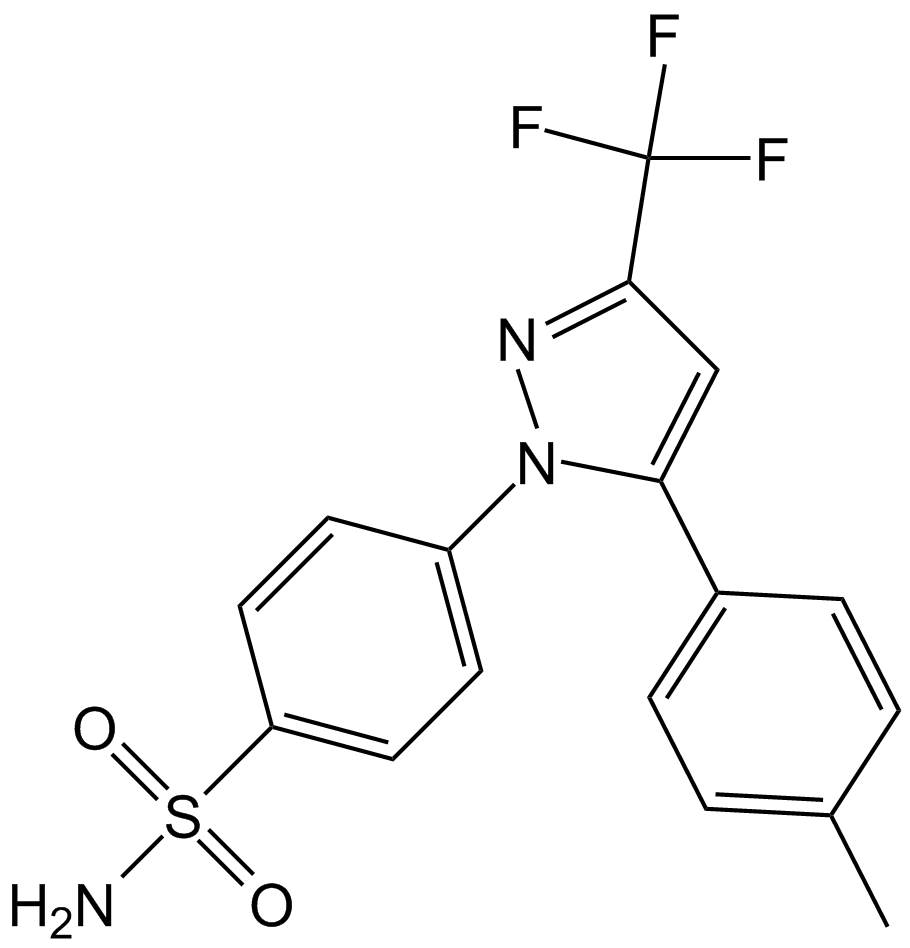 A1664 CelecoxibTarget: COXSummary: Selective cyclooxygenase-2 (COX-2) inhibitor
A1664 CelecoxibTarget: COXSummary: Selective cyclooxygenase-2 (COX-2) inhibitor -
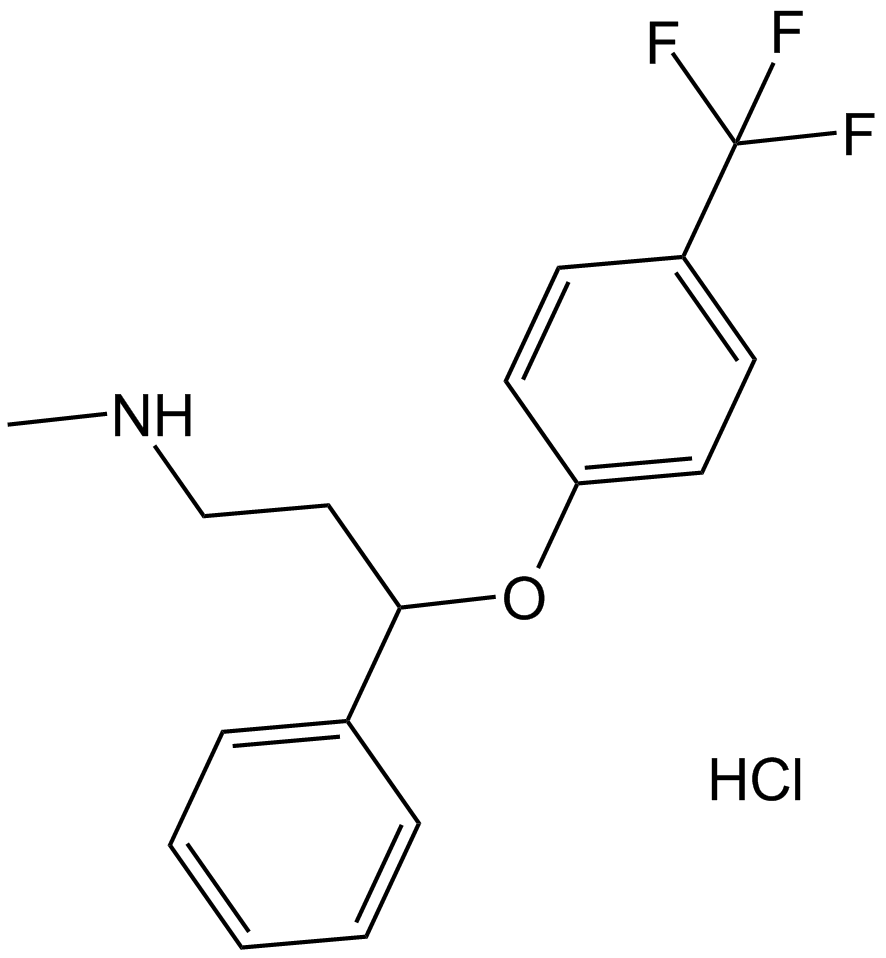 A2436 Fluoxetine HClTarget: Serotonin (5-HT) reuptakeSummary: Serotonin reuptake inhibitor,selective
A2436 Fluoxetine HClTarget: Serotonin (5-HT) reuptakeSummary: Serotonin reuptake inhibitor,selective -
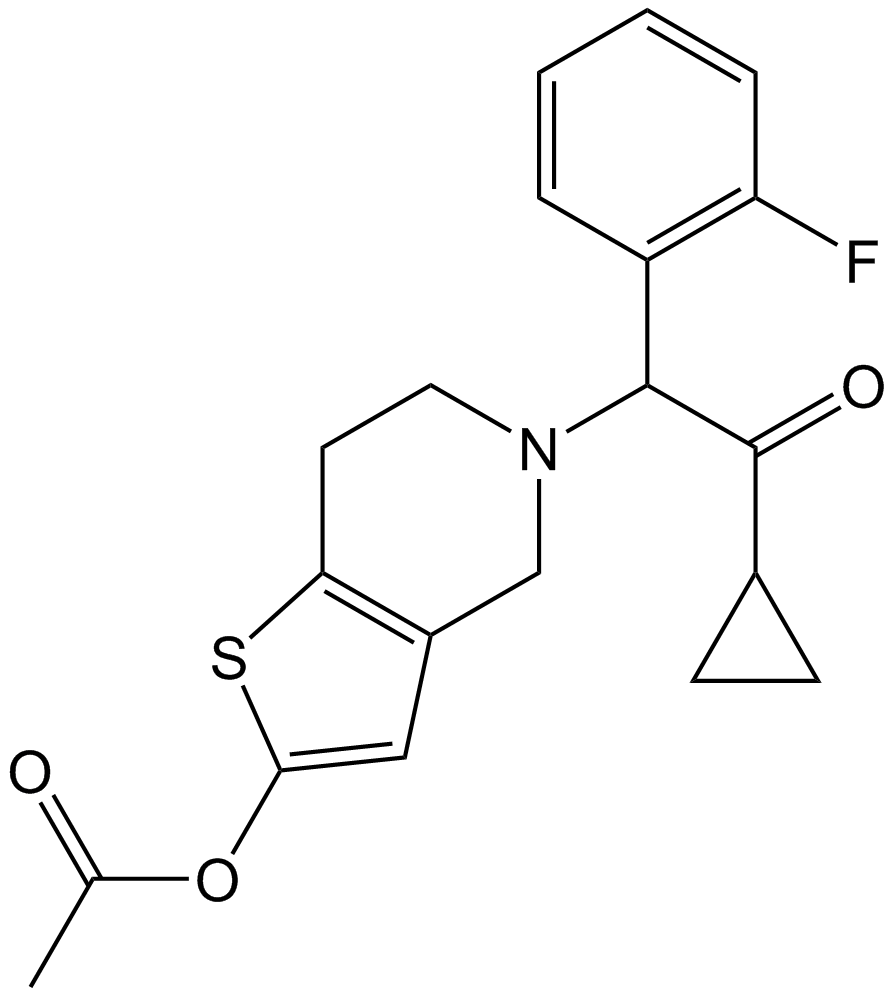 A1607 PrasugrelSummary: ADP receptor inhibitor
A1607 PrasugrelSummary: ADP receptor inhibitor -
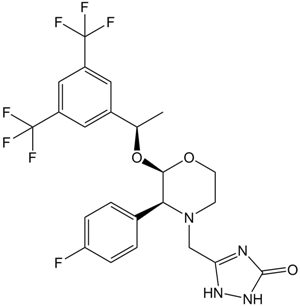 A1684 AprepitantTarget: Substance P/NK1 ReceptorSummary: Substance P (SP) inhibitor
A1684 AprepitantTarget: Substance P/NK1 ReceptorSummary: Substance P (SP) inhibitor

